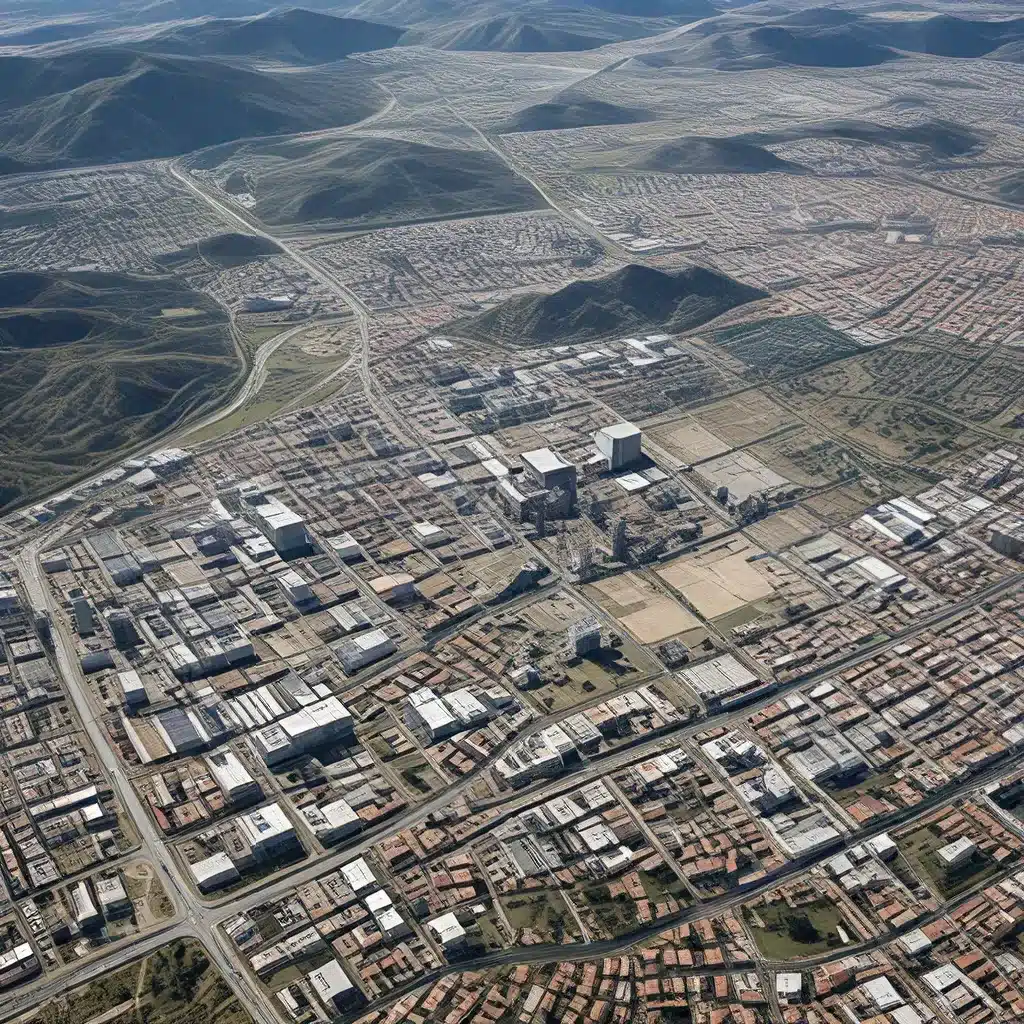
The Importance of High-Precision GNSS in Sensor Networks and IoT
As the Internet of Things (IoT) continues to revolutionize the way we interact with the world around us, the demand for high-precision satellite navigation has become increasingly critical. Sensor networks, a core component of IoT ecosystems, rely on accurate positioning and timing data to deliver the transformative applications that are reshaping industries, from smart cities and autonomous vehicles to precision agriculture and environmental monitoring.
At the heart of this precision revolution is Global Navigation Satellite Systems (GNSS), which provide the foundation for localization and synchronization in sensor-driven IoT. By integrating advanced GNSS technologies, such as Real-Time Kinematic (RTK) and state-space representation (SSR) correction services, sensor networks can achieve centimeter-level accuracy in positioning and timing, unlocking a new frontier of applications and capabilities.
Unlocking the Potential of High-Precision GNSS for Sensor Networks
Bosch Sensortec’s BMP280 pressure sensor, for example, exemplifies the flexibility and performance that high-precision GNSS can bring to IoT sensor devices. With its small dimensions and low power consumption, the BMP280 is well-suited for battery-powered applications, such as mobile phones, GPS modules, and wearables. Its high accuracy, linearity, and long-term stability enabled by Bosch’s proven piezo-resistive pressure sensor technology make it an ideal choice for a wide range of indoor and outdoor navigation, weather forecasting, and smart home applications.
The u-blox F9 platform, a next-generation GNSS solution, further highlights the capabilities of high-precision satellite navigation in sensor networks and IoT. By combining satellite signal receivers, embedded RTK algorithms, and various value-added features, the u-blox F9 platform delivers scalable GNSS high-precision technology for unmanned vehicle navigation, automated driving, and machine automation applications. Its open industry-standard interfaces provide unmatched ease of use and flexibility for system integrators, enabling them to reconfigure devices to operate in the desired solution type based on the available correction data or service.
Achieving Centimeter-Level Accuracy with GNSS Correction Services
The performance of high-precision GNSS solutions is further enhanced by GNSS correction services, which play a crucial role in mitigating key GNSS errors, such as clocks, orbits, biases, ionosphere, and troposphere. These correction services can be categorized into two main groups: Observation Space Representation (OSR) and State Space Representation (SSR).
OSR correction services are typically provided by legacy GNSS correction service providers, using standardized formats like RTCM v3.x over IP. While OSR services can deliver centimeter-level accuracy when the rover is within approximately 30 kilometers of the nearest reference station, they require two-way communication and higher bandwidth, making them challenging to scale for mass market applications.
In contrast, SSR correction services are the latest generation of GNSS correction services, provided by both new entrants and larger legacy providers. SSR services model the key GNSS errors over large geographical regions and transfer the data to the rover, enabling it to create a local model of the GNSS errors and apply them directly to the GNSS observations. The broadcast nature of SSR corrections allows for easier distribution over IP and satellite communication channels, making them a better fit for scalable B2B models targeting high-precision mass market applications, such as in the automotive field.
Sensor Networks and IoT: Unlocking the Power of High-Precision GNSS
The integration of high-precision GNSS into sensor networks and IoT applications is transforming a wide range of industries. Autonomous vehicles, for instance, rely on GNSS absolute positioning as a critical input for Advanced Driver Assistance Systems (ADAS), enabling them to determine their position relative to their surroundings within centimeters. This level of precision is essential for optimal maneuvering and ensuring passenger safety in highly automated driving scenarios.
Similarly, precision agriculture benefits significantly from high-precision GNSS. By leveraging centimeter-level accuracy in vehicle guidance, field mapping, and precision spraying, farmers can optimize resource utilization, boost yields, and reduce environmental impact. Additionally, environmental monitoring applications, such as wildlife tracking and natural disaster response, can harness the power of high-precision GNSS to pinpoint the location of sensors and monitor changes in real-time.
Conclusion: Embracing the Future of Sensor Networks and IoT
As the sensor network and IoT landscape continues to evolve, the importance of high-precision GNSS technologies will only grow. By integrating advanced GNSS solutions, such as the u-blox F9 platform and SSR correction services, sensor network designers and IoT developers can unlock a new era of transformative applications, revolutionizing industries and improving the quality of life for people around the world.
Ultimately, the sensor-driven IoT ecosystem, powered by high-precision satellite navigation, holds the key to unlocking a future where smart cities, autonomous vehicles, precision agriculture, and environmental sustainability seamlessly converge, enhancing our understanding and interaction with the world around us.